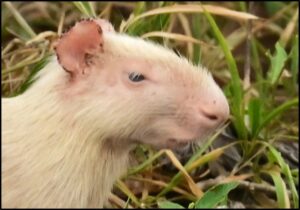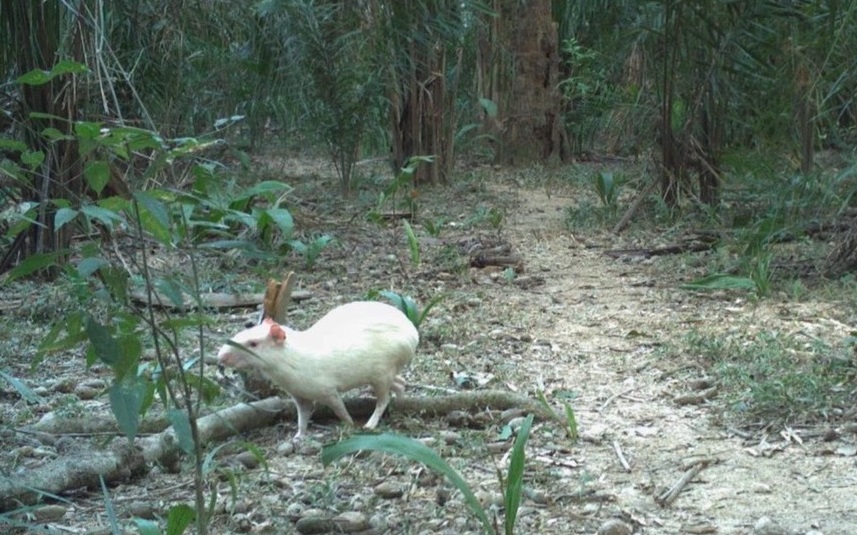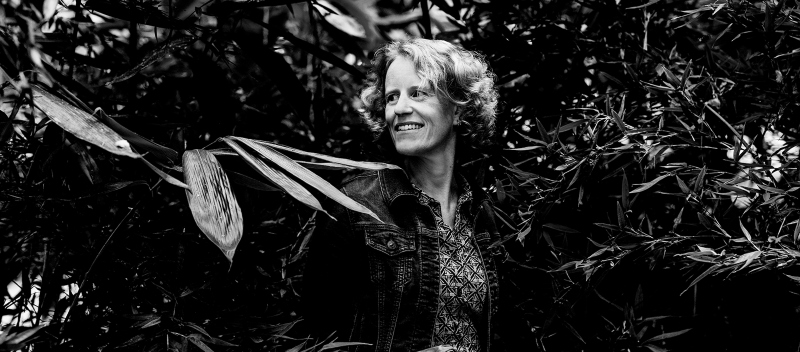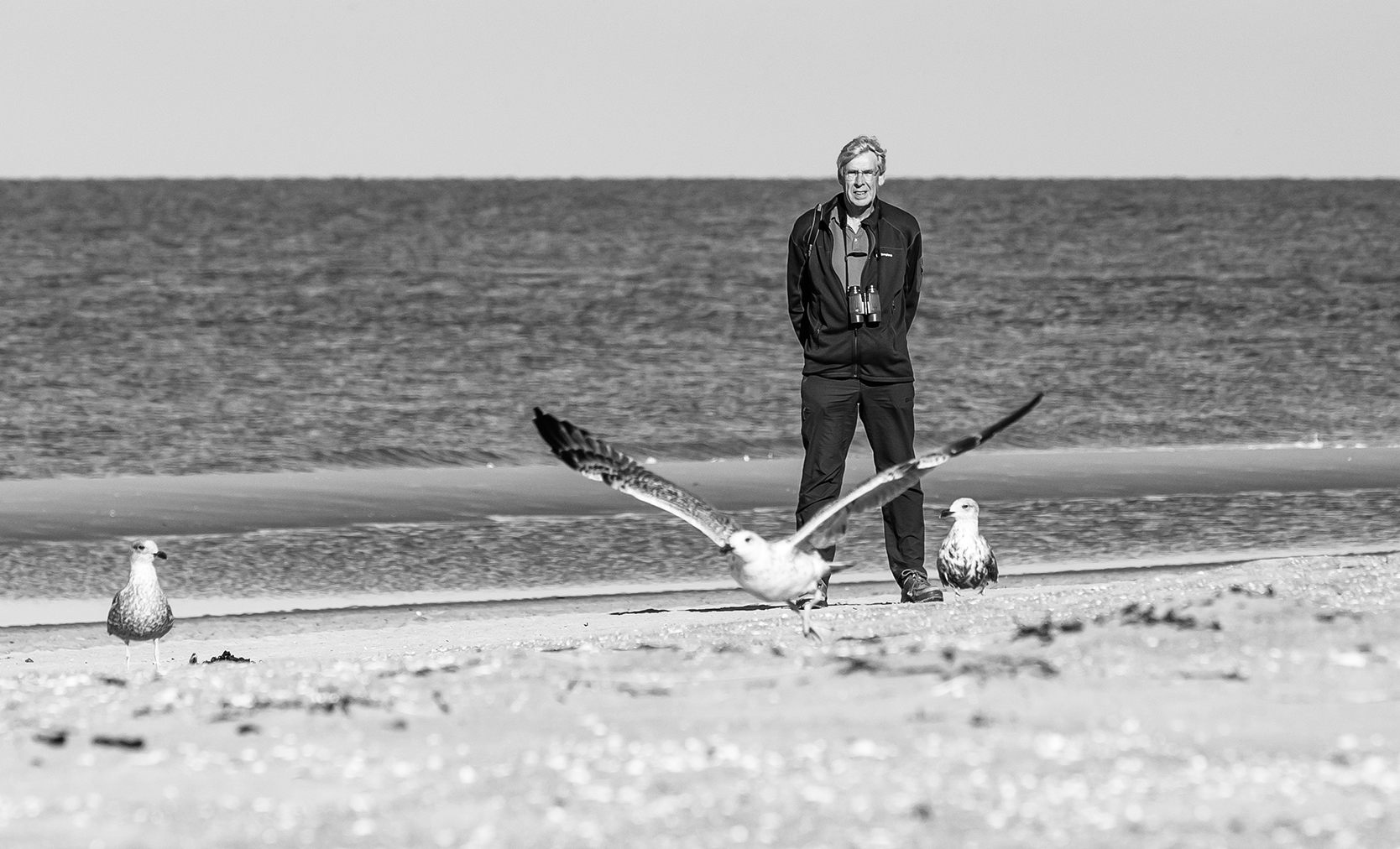Scientists use camera traps a lot. They let you detect fauna or make unusual observations without disturbing nature. One such unusual observation was made by Forest & Nature Conservation students Edward Smits and Mark van Leeuwen. Among the many hundreds of photos they had taken, they spotted a brown agouti (Dasyprocta variegata) that was actually snow-white.
The students, who have since graduated, were doing research for their theses and internships in the Barba Azul Nature Reserve in northern Bolivia. WUR alumnus Tjalle Boorsma manages an area there where the endangered blue-throated macaw is found, explains teacher Jente Ottenburghs. The WUR teacher and his colleague Peter van der Sleen supervised the students and wrote an article about the discovery in the journal Mammalia.
Grazing
‘The area is a large savannah dotted with islands of woodland,’ says Ottenbrughs. ‘Boorsma is trying to combine nature conservation with cattle grazing. We want to find out how the mammals in the area respond to this. So we used camera traps to compare areas with grazing against areas without grazing. The discovery of the agouti was hidden in the appendix to Edward’s thesis on the project.’

Abnormal colours are due to genetic errors that occur occasionally in nature. The estimated probability in rodents is less than two per cent, writes Ottenburghs in the article. It is even rarer to spot such an abnormal case given that the deviant animals usually soon fall prey to predators. ‘It is a big disadvantage to be so strikingly white because you can be found so easily.’
Incidentally, Ottenburghs has determined the genetic abnormality in question is leucism. That was possible because nature photographer Steffen Reichle also caught the white agouti on camera. ‘In leucism, the eyes aren’t red. We couldn’t tell with our photo, which was taken in a dark wood, but you can in Reichle’s photo. When you zoom in, you can see the eyes aren’t red.’
Puma
Of course, there may be more than one white agouti living in the reserve. Even so, the find is very interesting and could say something about the populations of predators in the reserve, says Ottenburghs. ‘Only one photo of the many we took shows a puma. Perhaps there are fewer predators, which is why this agouti can survive. And that in turn may be connected to the presence of cattle. But we don’t have enough data to draw firm conclusions.’




